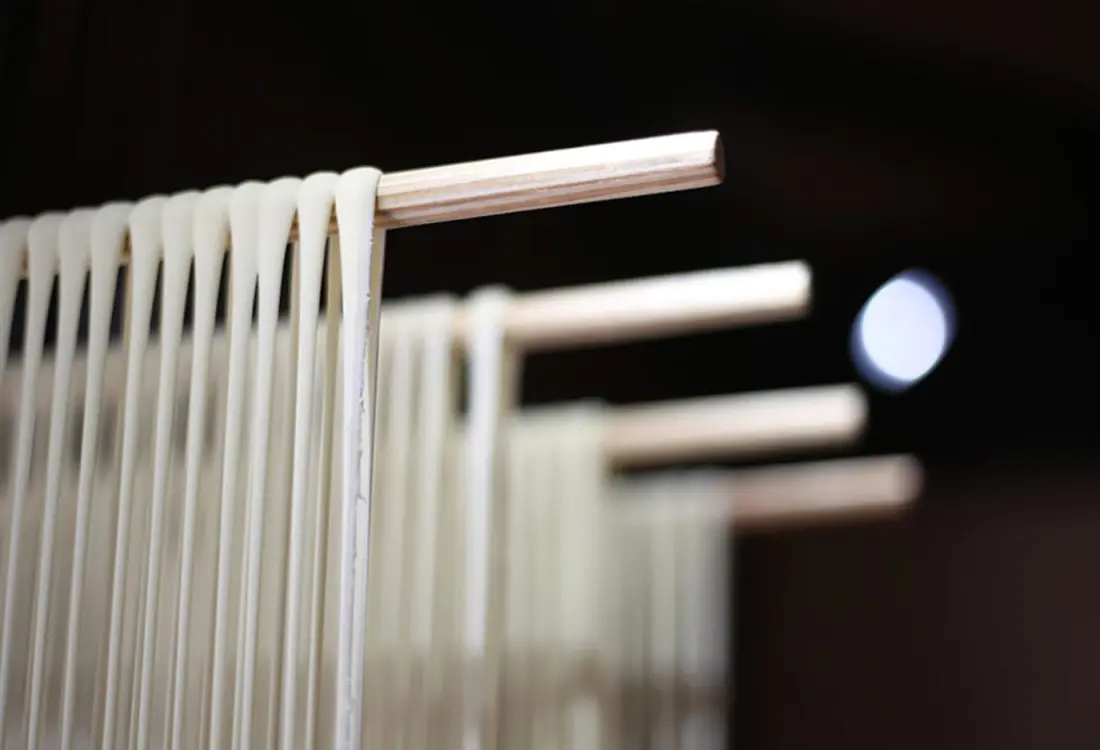
Goto udon
a delicious legacy of Nagasaki's ancient trade routes
The Goto Archipelago is located about 100 km west of Nagasaki city. Among the islands, Kamigoto and Nakadorijima carry the legacy of “Goto udon,” one of Japan’s three major udon varieties. With a history so ancient there is a theory that they were brought by a Japanese envoy to the Tang Dynasty China, for locals it is an essential family staple. I visited “Ota Udon Factory,” which in 2019 celebrated its 100th anniversary.
When I arrived at the address I was given, I saw a stylish building that was at once both old and new. A thin lattice is attached to the section facing the street, giving the impression of drying Goto udon. This is the 100th anniversary of the founding of “Ota Udon Factory.” I was greeted by 4th generation owner Mitsuaki Ota. “My great-grandfather left us this building, and in 2018 it was remodeled as a storefront and residence. We also won the ‘2018 Wood Design Award.’” Modern and sophisticated design is adopted all over while at the same time taking advantage of the old columns, beams, and fixtures. The finished product is a space that is exciting but at the same time possessed of a calm atmosphere. Inside the shop there is a Goto udon tasting corner and a space where you can experience hand-stretching noodles.



So, have you ever had Goto udon? Even if it is called udon, it is a completely different animal from ordinary raw noodles.
The salient feature of Goto udon is ultimately in the fineness of the noodle. About 2 mm in diameter. Plus, they’re dried. Furthermore, instead of cutting into the noodles with a knife, a hand-stretching process is utilized that extends noodles while applying a twist. Using the same manufacturing method as somen, wheat is combined with salt and water, the raw dough is spread out and cut into coils which are kneaded and thinned by hand, and then further thinned by stretching and pulling. Another salient feature of Goto udon is the application of camellia oil, which is a specialty of Goto, to the surface of the stretched dough, allowing for the enjoyment of a fine, slippery texture in the throat.
“We apply a camellia oil covering, so that when the noodles are exposed to hot water, they don’t absorb much moisture. This allows them to hold their shape while being boiled. Also, since they are stretched while being twisted, the structure of the gluten is strengthened. As a result, you get noodles with a firm body. In addition, the twisting motion gives a round cross-section, creating a smooth texture.”


An inimitable udon culture has been fostered on this island floating to the west of Nagasaki, but its origins are not clear. There are various theories for how the hand-stretching process was transmitted, including the Japanese envoy to the Tang Dynasty Theory which arose from the fact that Goto was a stopping point for such envoys, the Mongol Invasion Theory, and a theory stating that during the Edo Period a fisherman from Wakayama chasing fish immigrated to the island and began the process. It is interesting to note that among the many islands of the Goto Archipelago, Goto udon was originally made only at Shinkamigoto-cho on Nakadorijima, and what’s more only in its northern region. Nowadays it is made throughout Goto, but in fact it is a noodle culture that was nurtured in a very limited area. Currently there are about 30 noodle factories in Shinkamigoto-cho, and each makes noodles with its own individuality, 80% of which are shipped out of the island. In addition, 10 noodle factories have come together to form the Goto Hand-Stretched Udon Cooperative. Using the same flour, sea salt, and camellia oil, they’ve created a brand known as “Nami No Ito.”


The fact that it is easy to eat is another attraction of Goto udon. The most famous way to eat the noodles is a method called “jigokudaki” (hell boiling). Bring a pot of water to boil and toss the Goto udon into the seething pot. It’s a very simple matter of choosing a level of boiling to your liking and using a specialized udon ladle to scoop and eat the noodles.
“Boiling time depends on your preference, but generally the standard is about 6 – 7 minutes.”
When cooking with jigokudaki, the standard sauces are Goto’s specialty ago (flying fish) stock broth and/or raw egg. It is delicious even when simply topped with pure soy sauce.
“Ago stock broth is just flying fish stock with a small amount of light color soy sauce added. Depending on the household, sometimes mirin is added to adjust the flavor. Naturally, this is the taste of home. It’s also delicious with egg and soy sauce added to taste. Standard condiments are leeks and bonito flakes.” Compared with ordinary udon noodles, they’re not too soft even when boiled, which makes them perfect as hot pot finishers. Also, in the summer they’re often eaten chilled like somen.
“In Goto, where fish dishes often appear on the table, some people eat it in their broth of simmered fish dishes. Since the noodles are fine and tough, they’re also excellent with pasta sauces. The Goto Hand-Stretched Udon Cooperative also ships to Europe, and it seems that the pasta-esque style of eating is also popular over there.”
Mr. Ota is planning tastings, hands-on workshops, collaborative events and such to make the renovated store a place that conveys the special attraction of Goto udon. “It would be great if it helps lead to regional revitalization,” he says. “Ordinary udon is eaten alone, but jigokudaki Goto udon is something that the family eats together. I believe it is a foodstuff that brings families together. We want to pass this on not just as a thing, but also as a culture that includes the way that it is eaten,” he tells me.





Ota Udon Factory storefront 1144-10 Aokatago, Shinkamigoto-cho, Minamimatsuura district, Nagasaki prefecture
TEL/0959-52-2076
http://www.umaiudon.jp/index.html
※Please contact by phone for any inquiry about Hand-streching Udon making trial lesson.

A facility adjacent to Arikawa Port, where ferries from Sasebo arrive. There is a restaurant called “Udon Chaya Yume Zanmai” where you can casually enjoy Goto udon, and they have a tourist product center attached that offers various souvenirs. There is also an electric car rapid charger and a tourist information center.
428-31 Arikawago, Shinkamigoto-cho, Minamimatsuura district, Nagasaki prefecture
TEL 0959-42-2655
https://shinkamigoto.nagasaki-tabinet.com/eat/10145
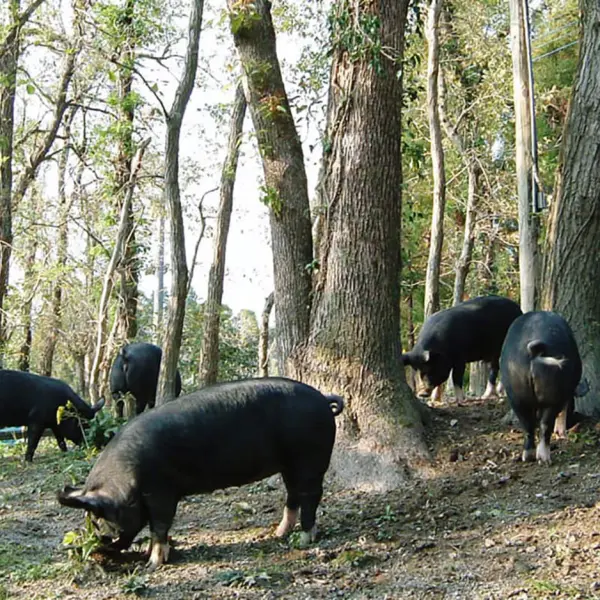 The delicious secrets of Kagoshima's free-range Kurobuta pork
The delicious secrets of Kagoshima's free-range Kurobuta pork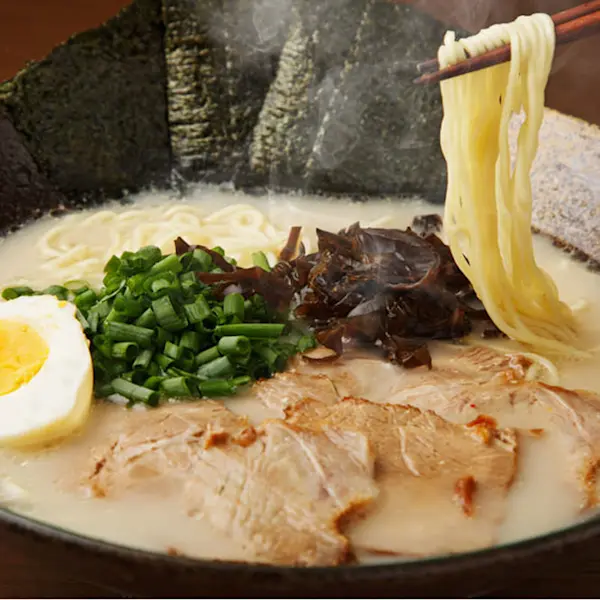 Everything You Need to Know About Fukuoka’s Famed Tonkotsu Ramen
Everything You Need to Know About Fukuoka’s Famed Tonkotsu Ramen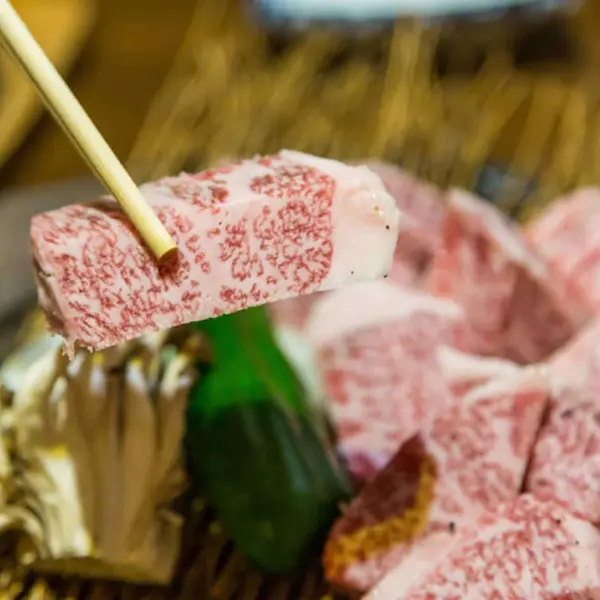 Saga Beef: Wagyu To Remember
Saga Beef: Wagyu To Remember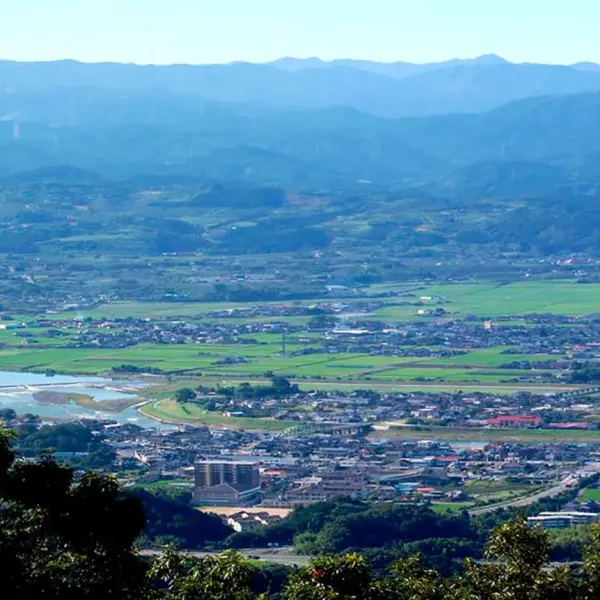 Discover Fukuoka's fruit kingdom
Discover Fukuoka's fruit kingdom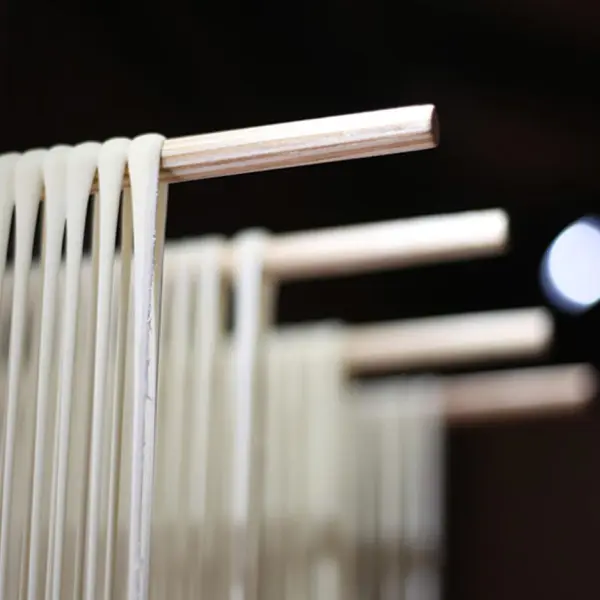 Goto udon: a delicious legacy of Nagasaki's ancient trade routes
Goto udon: a delicious legacy of Nagasaki's ancient trade routes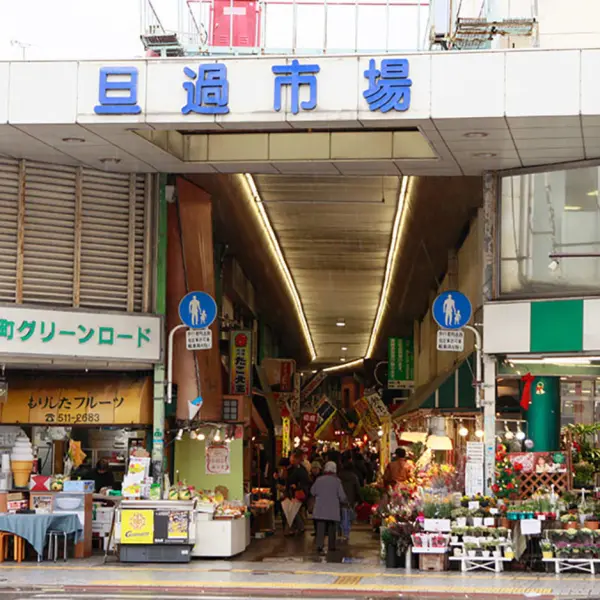 Feast your senses at Fukuoka's bustling fresh food market
Feast your senses at Fukuoka's bustling fresh food market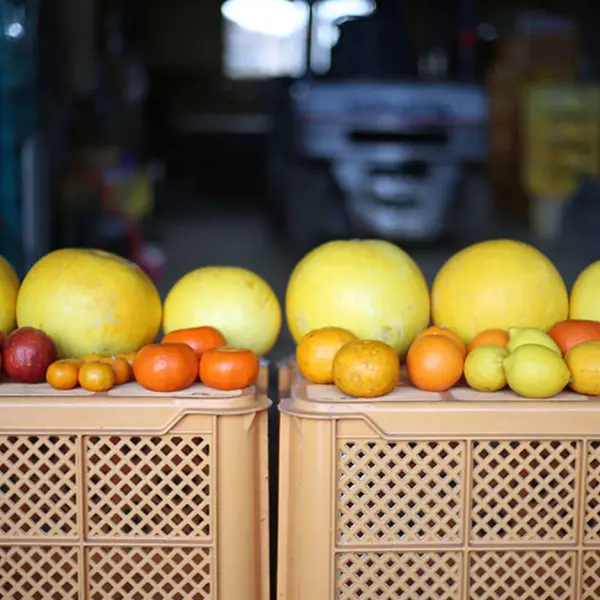 Cultivating the world's largest citrus fruit in Kumamoto
Cultivating the world's largest citrus fruit in Kumamoto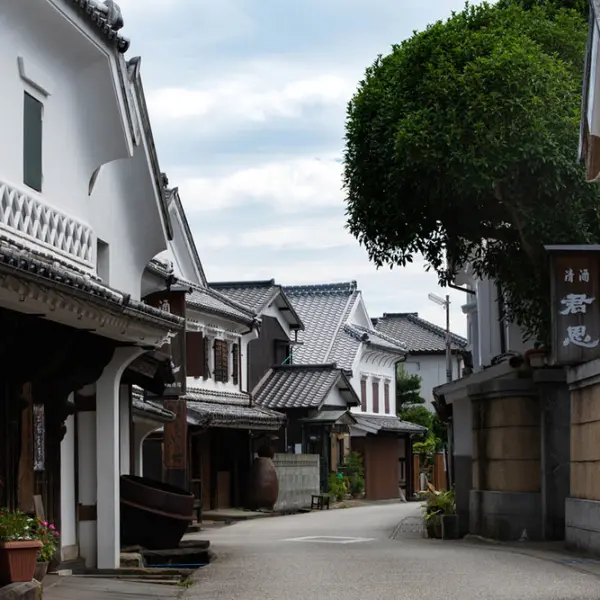 Hizen Hamashuku: Historic breweries that house the world’s best sake
Hizen Hamashuku: Historic breweries that house the world’s best sake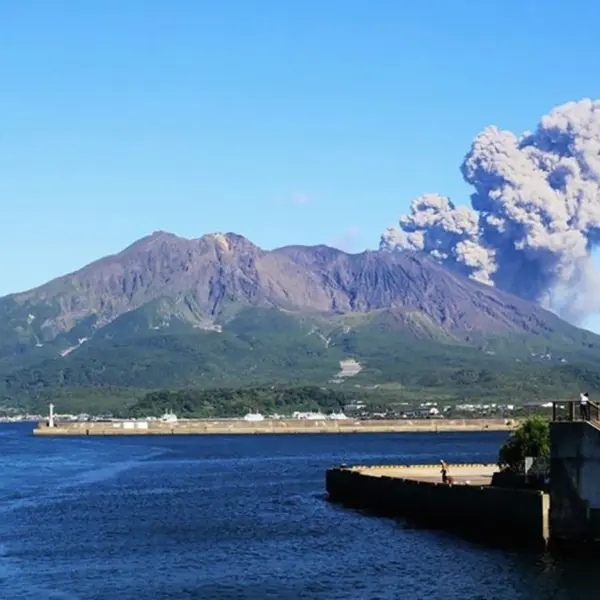 In the shadow of a volcano: the world's largest daikon radishes
In the shadow of a volcano: the world's largest daikon radishes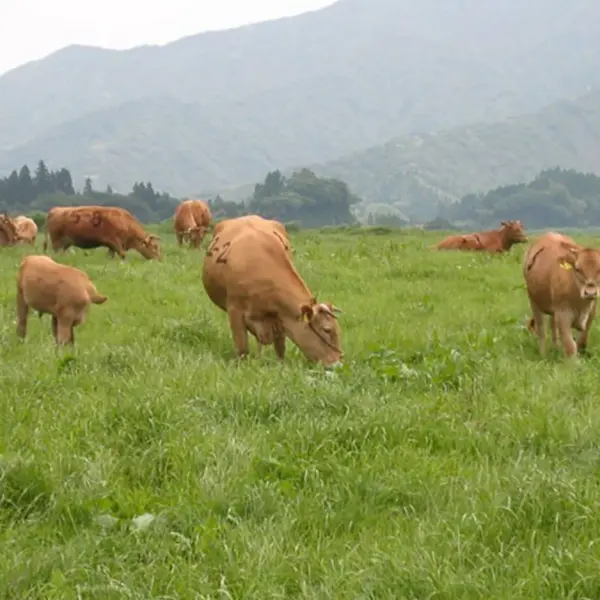 Raising Kumamoto's famed Japanese Brown Cattle
Raising Kumamoto's famed Japanese Brown Cattle




